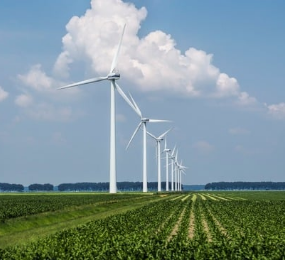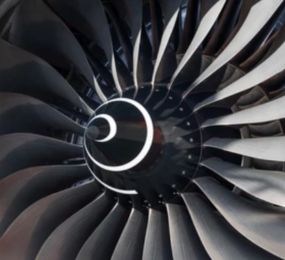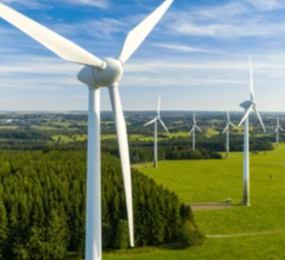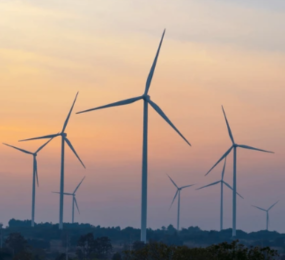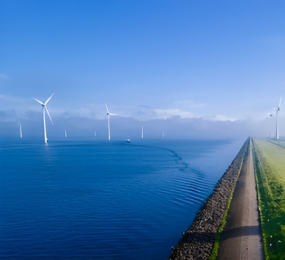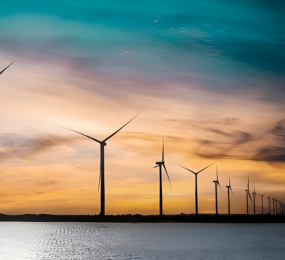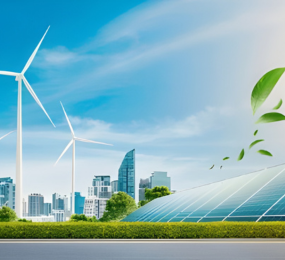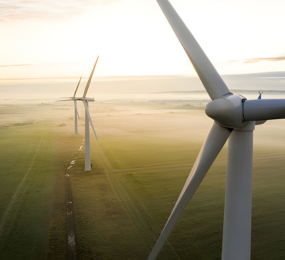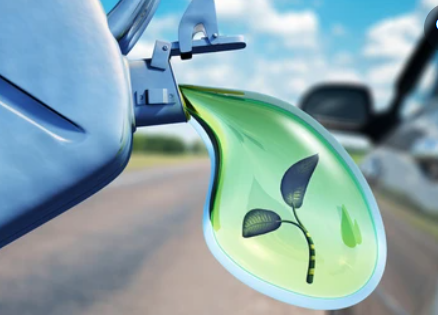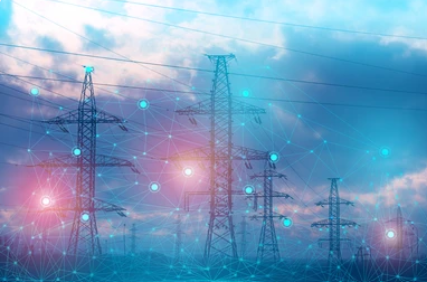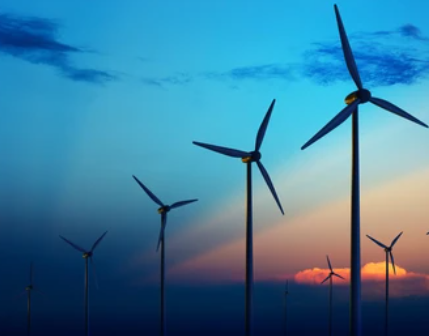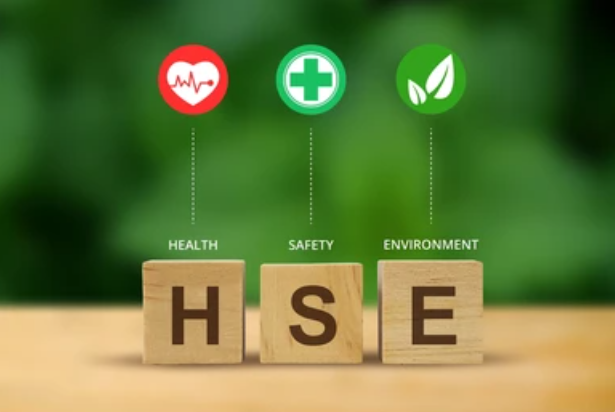Wind Turbine Blades: Rethinking Materials and the Road to Responsible Recycling
As wind energy cements its role in the clean energy transition, another conversation is quietly growing in importance—what happens when wind turbine blades reach the end of their life?
While turbines are often celebrated as icons of renewable power, their composite blades present a complex sustainability challenge. Typically built from fiberglass, carbon fiber, and epoxy resins, these materials are chosen for strength and durability—but not for ease of disposal. Today, with thousands of turbines set to be decommissioned in the coming years, the industry is faced with a critical question: how do we recycle them responsibly?
Why Blade Recycling Matters
The average wind turbine blade is designed to last around 20 to 25 years. As older installations begin to come down, we're looking at tens of thousands of tons of composite waste heading to landfills unless viable recycling pathways are scaled. This is not just an environmental concern—it also raises questions around public perception, permitting for new projects, and long-term cost sustainability.
Innovations in Materials and Design
Manufacturers and researchers are already stepping up. Some companies are now developing thermoplastic resins that allow blades to be more easily melted and reformed at end of life, enabling closed-loop recycling. Others are exploring natural fiber composites or modular blade designs that could simplify maintenance and extend usability.
The concept of “designing for disassembly” is gaining ground—ensuring that blades are built not just for performance, but for eventual recycling. The goal is to create materials that are both strong in the sky and safe for the planet when retired.
Emerging Recycling Solutions
Several promising recycling methods are under active development:
1. Mechanical Recycling: Grinding blades into particles for use in construction materials or filler for plastics.
2. Chemical Recycling: Breaking down composite resins to extract raw materials for reuse.
3. Coprocessing in Cement Kilns: Using shredded blades as fuel and raw material in cement production—a solution already being deployed in Europe.
Still, logistical challenges, transportation costs, and a lack of standardized methods remain significant barriers.
Takeaway Point
Wind turbine blades symbolize progress, but managing their end-of-life impact is now a pressing part of the sustainability puzzle. The transition to circular blade solutions—through better materials, smarter design, and scalable recycling—will define how truly green wind energy can be. As the sector grows, so too must our responsibility to ensure that clean energy doesn’t come at a hidden environmental cost
Learn more on our website: https://www.leadventgrp.com/events/3rd-annual-wind-blade-materials-and-recycling-forum/details
For more information and group participation, contact us: [email protected].
Leadvent Group - Industry Leading Events for Business Leaders!
www.leadventgrp.com | [email protected]




